Five Rapid Prototyping Solutions For Great Results
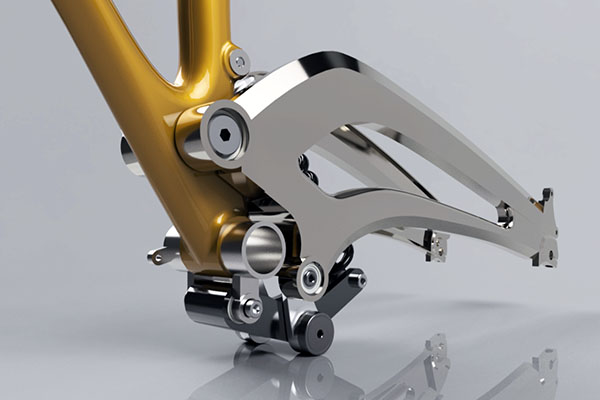
Ever since people started making stuff – and then tried to make new and improved stuff – there’s been a need for prototypes. They’re used for design evaluation, testing, certification, proof-of-concept, crowdfunding campaigns and as bridges to full production. If you need high-quality rapid prototypes, may we suggest you consider these 5 well-established and mature […]
Top 7 Advantages to Using CNC Machining for Rapid Prototyping
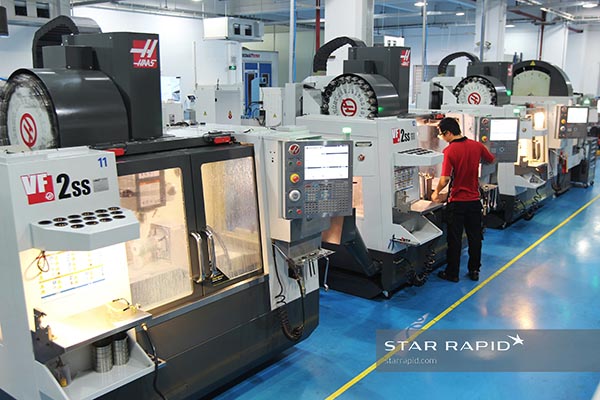
Rapid prototyping means building a physical model of a new product design as quickly and as economically as possible. Some prototypes will be used merely as cosmetic mock-ups or scale models, while others must meet more demanding performance criteria. Prototypes are used for testing, design iteration and to improve overall performance through gradual refinements. For […]
The Top 7 Ways to Make Rapid Prototypes
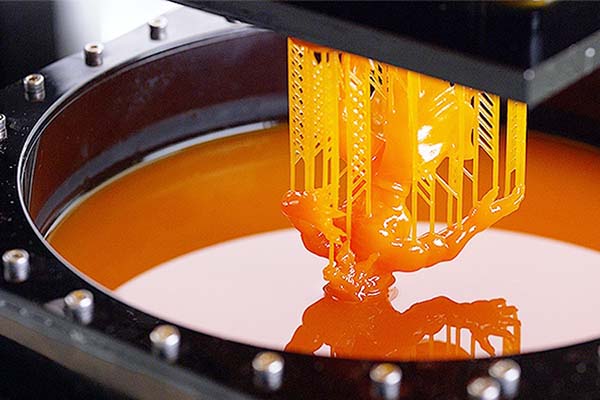
Rapid prototypes are an essential part of the product development journey. They are used for functional testing, proof-of-concept, sales demonstrations and as master models for casting and other manufacturing processes. There are now many rapid prototyping technologies available, both additive and subtractive. Here is a look at the seven most common and how they might […]
Tips for Moving Your Product from Prototyping to Production
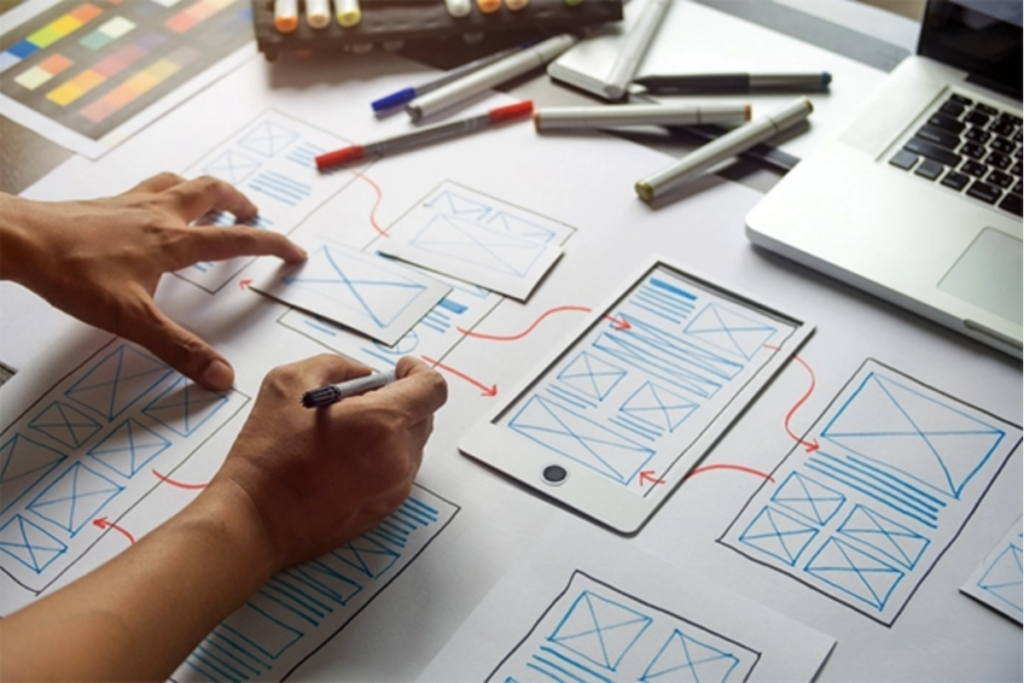
Let’s say you’ve got a great new idea for a product that you want to bring to market. You might be doing this for yourself as a lone inventor, or on behalf of a large multinational corporation. Regardless of your experience, new product introduction can be challenging even for industry veterans. We want to make […]
Industrial Equipment News: What tolerances can you expect when manufacturing prototypes?
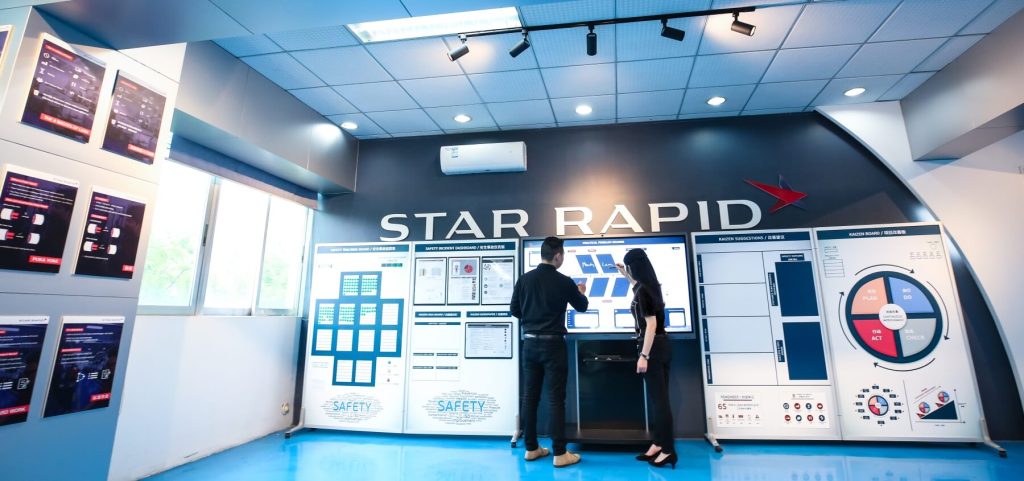
For prototypes and low-volume production, one of the ways to ensure quick turnaround on your parts is by keeping designs simple and not over-engineering them
Successful Product Development: The Importance of Proof of Concept
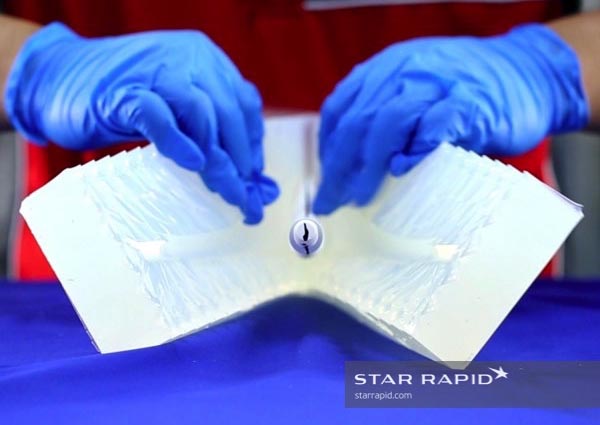
You will be told that you need to prototype your product to make sure that it works. But before you dive into the world of rapid prototyping, there’s one step that quite a few startups miss out on: creating a proof of concept.